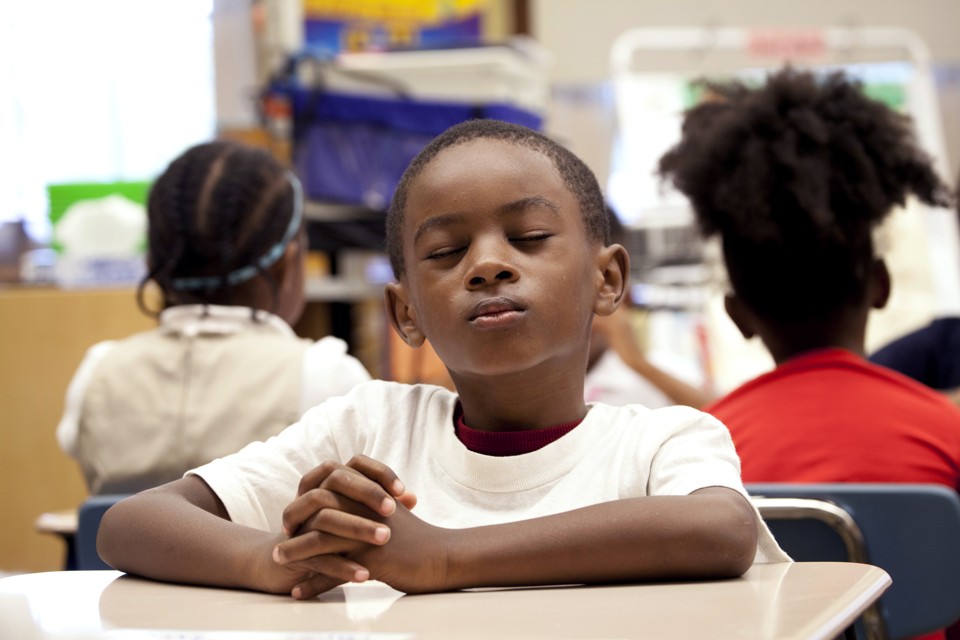Holy freeloading! Here are 10 ways religious groups take from the public purse:
Holy freeloading! Here are 10 ways religious groups take from the public purse
Have you ever thought about starting a new religion or perhaps a hometown franchise of an old one? Perhaps you’re just looking for a career ladder in a religious enterprise that already exists. No? Maybe you should.
Religion is big business. There are lots of options (
over 30,000 variants of Christianity alone), and if the scale is right
it can pay really, really well. Creflo Dollar, founder of World Changers Church, has an estimated net worth of $27 million. Benny Hinn comes in at $42 million. Squeaky clean tent revival pioneer Billy Graham bankrolled around $25 million. Even
Eddie Long who has been plagued by accusations of sex with underage male members of his congregation can count his bankbook in the millions.
You say you don’t have star power? No worries. Millions of ordinary ministers, priests, missionaries, religious hospital administrators and other church employees earn solid middle- or upper-middle-class incomes in the God business. The pay is good, and for most positions it doesn’t matter what race you are or what grade you happened to get in chemistry.
Missionary work may include disaster relief or education with recruiting in the mix. An earthquake survivor might receive a
solar-powered Bible to go with his rice and beans and sutures. A Hindu child might get
free schooling, pencils and paper included, along with the message that the gods his parents worship are actually demons. Among people who are less desperate, the offerings can be more nuanced and less expensive. For example, a lonely student might get offered kindness and dinner by someone who is paid to live near campus as a
friendship missionary. Sometimes mention of heaven or hell is all the enticement needed, though even then there may be costs associated with print materials and distribution. Soldiers in Iraq gave out
Jesus coins and
a little cartoon book showing that when an IED killed a Muslim, he or she went to hell, a fate that could be averted by conversion.
The cost of rice, beans, medical supplies, pencils, swag, facilities and salaries can add up. Fortunately, some of religion’s bigger players have gotten creative in recent years. They’ve figured out how to pay for at least part of their growth on the public dime. Having taxpayers cover a portion your costs, even overhead or infrastructure, drives up your margin. It may actually make the difference between a religious enterprise that is a fiscal black hole and one that is lucrative. So, whether you’re thinking about positioning within a small religion or large, one that’s new or one that’s well established, it’s worth taking a look at these ten examples to see if there’s something you can borrow.
1. Fund your religion classes with school vouchers, tuition tax credits or capital grants. If your religion has or can open accredited private schools, public funding prospects are growing rapidly. Thirteen states
created or expanded voucher programs in 2013, accelerating a trend from recent years. Vouchers allow parents to divert their children and tax dollars away from public schools and into private institutions, which then have wide religious latitude. Such a school can include classes in which children memorize sacred texts, for example, but also can infuse a religious perspective into classes as diverse as literature, history, and computer science. The opportunities aren’t limited to grade schools. In New Jersey, an Orthodox Jewish yeshiva is slated for $10.6 million in higher education grants to improve its male-only training in “Talmudic scholarship.” Mind you, the ACLU
is quibbling.
To maximize your own public funding you may have to get creative. In Arizona any resident can divert a part of his state income tax to your school to fund a specific student. That means you need those students or their parents to get out and do the solicitation for you!
2. Get free facilities for after-school clubs in public facilities. Child Evangelism Fellowship recruits grade-school children in the U.S. and abroad to born-again Christianity. In 2001, they took a case all the way to the Supreme Court and won the right to use public school facilities for their afternoon clubs. They persuaded the justices that they were teaching moral values, rather like the Boy Scouts and other groups that have long had access to public facilities. But parents who have sat in on the clubs
assure us that these “values” include very specific dogmas and doctrines—things like heaven, hell and even
biblical justification of genocide. Last year CEF operated
over 4,000 Good News Clubs in public school facilities.
3. Nudge your doctrines into public school textbooks and discussions. Texas sets textbook standards for the whole country, and if a tenacious group of Texans gets their way, you may be able to move your message directly into public school curriculum. Members of the state’s textbook review panel
have recommended adding creationism to biology texts while reducing coverage of the dominant competing theory. You may think that their account of the creation story is mistaken; yours may be different. But in the long run, their long hard work to blur the boundary between science and myth helps the whole religious sector.
To make matter better, allies in the Texas Republican party
proposed a platform in 2012 that prohibited schools from teaching critical thinking skills. Others
have pushed to require that each high school offer “Bible as literature” electives, confident that devout teachers will know how to use the course material.








